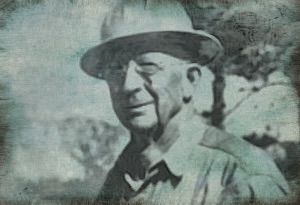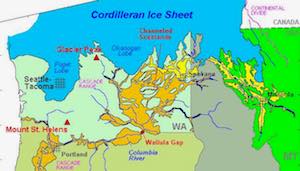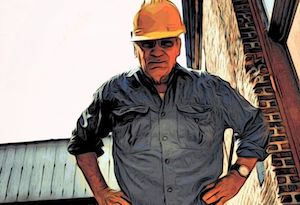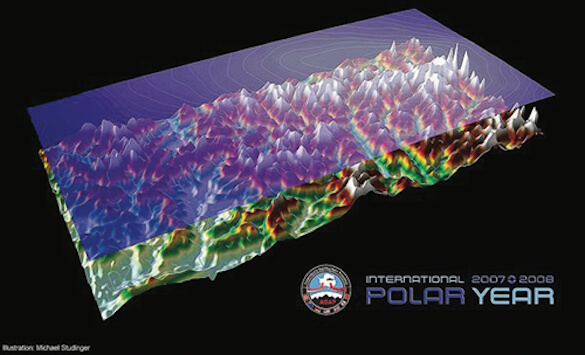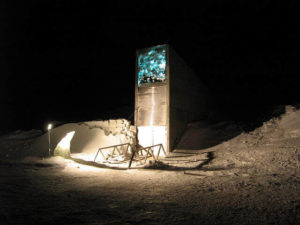A Cautionary, er, Tail

Source of Your Sand Castle
Caribbean beaches are beautiful, even by the standards of tropical beaches, which are pretty high to start with. They're also made largely of poop. Parrotfish poop, to be specific.
(Okay, full disclosure: I’m not currently on a beach. I write this on a Sunday morning, in my robe, from my man cave next to the house here in suburbia. I’m safe. And thanks for caring.)
Move past the thought of that, and it’s a fascinating process:
The brilliantly colored parrotfish possesses a hard beak it employs for eating coral. The fish grinds up the coral in that beak to get at algae and other marine microorganisms growing on it, digests the algae, and then poops out the ground-up coral as a fine sand.
Parrotfish produce a LOT of sand, too. A single green humphead parrotfish can produce more than 200 pounds of sand each year. As much as 85% of the sand on many of these beaches is produced by parrotfish.
Watch it in action HERE, if you dare.
People used to think that parrotfish just ate coral for the polyps and were damaging the reefs. It turns out, though, that most parrotfish species go primarily for dead coral, clearing it for new coral to grow. So, they’re providing a sort of public service.
Parrotfish also eat large amounts of sea sponges, which grow faster than coral and can smother young ones. As it turns out, our parrotfish have a largely symbiotic relationship with the corals they eat. And as we learn more and more about the world, we begin to find more and more of these relationships.
It's not just the Caribbean that owes its beaches to parrotfish. The Maldives, the white sand beaches of Hawaii, and other locations around the world do, as well.
Gorgeous white sand beaches in tropical areas around the world are all made of poop. A little gross, I know. Which is exactly why I'm telling everyone: I’m simply trying to clear out a few of you so that my next beach experience is less crowded.
_________
Quotable
So, Yard Ramp Guy: Let's duel.
“Lacrosse is fast paced and I like fast paced games. It's demanding physically and has the hardest conditioning of any sport. You are always running if you are not sprinting. It's constant movement.”

